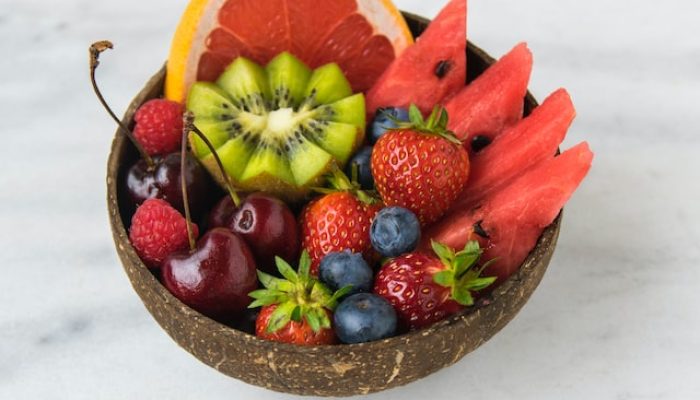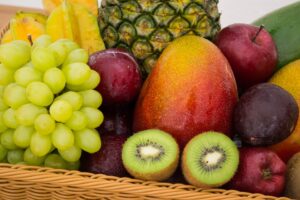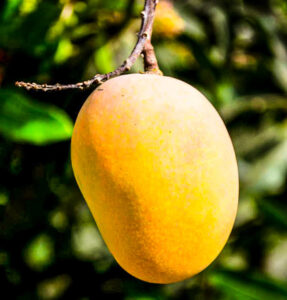Lucky Festive Filipino Customs You Should Know

Traditionally we Filipinos starts playing Jose Marie Chan and Mariah Carey Christmas Jiggles as early as September in malls and radio stations. If you are in the Philippines, Christmas starts the moment the clock strikes twelve midnight of September 1st. Malls and e-commerce platforms start flashing Christmas sales and everybody just fusses around stocking for gifts to give three months away.
Numerous foreigners from different parts of the globe travel to the Philippines to experience the longest Christmas celebration in the world. And with the Filipino-Chinese community comprising of around 1.8 million in the Philippine population, some aspects of the Christmas and New Year celebrations were heavily influenced with Chinese traditions.
Chinese-Filipino fusion history
The relationship between Filipinos and Chinese can be traced back as far as the 9th century A.D. In fact, they came to the Philippines centuries before the Spanish. During those times, the Chinese were already trading with Filipinos, and most Chinese tradesmen settled in the country and married early native Filipinos. In the Spanish colonial period, they were baptized into the Catholic religion and were given Christian names in symbol of their being “reborn”.
And although these Chinese has integrated to being Filipino-Chinese, their cultural traditions, beliefs and superstious practices towards prosperity were passed on to generations and has even influenced the local Filipino communities.
Filipino Customs in Celebrating Christmas and New Year
Because of their baptism to the Catholic faith, celebrating Christmas on the 25th of December became part of the Filipino customs and traditions. Just like the three kings did, it also became part of our culture to gift each other on this occasion.
And although the Chinese community have their own Lunar New Year during the final week of January or first week of February, they also celebrate New Year with Filipinos on January 1.
Gifting
One of the reasons Filipino children enjoy Christmas is because of gifts. One of the activities that foreigners might observe Filipino children do during Christmas Day is “pamamasko”, where children go to their relatives’ or godparents’ and ask for gifts. While some adults would prepare gift boxes for the kids, the most common gift children would ask from their godparents is money. Oftentimes, the money given to them would be placed inside an angpao, or the Chinese red envelope intended for cash gifts.
Such pressure is felt by the adults during the Christmas season since there are no restrictions in appointing someone else as a godparent. In the Filipino culture, godparents (ninongs and ninangs) are seen more as cash cows during the holidays. To avoid the huge expenses, some godparents hide from their inaanak (godchildren) during this time. If you are a foreigner and wondering how godparents came to be like this in the Filipino culture, it’s more of, “Kinaugalian na (It’s already a tradition).”
Serving circle food and fruits
There really is no rule in Christmases and New Years to serve round food and fruits on the table. This practice was adapted from the Chinese. Round tables were more visible in Filipino households because in the Chinese culture that was later on merged with ours, a circle symbolizes endless riches. It’s wishing for cash and fortune to enter the household and like a circle, there’d be no beginning and no end to good fortune. The lazy Susan in round tables symbolizes for Chi or energy; once it gets rolling, there’s not stopping to the positive flow of energy in the house.
Fruits are associated with health and abundance, which is why it is a staple item served in festive tables and given as gifts in fruit baskets. It became a tradition to choose round fruits during the Christmas, New Year, and Chinese New Year’s season following the belief of circles representing endless riches and good fortune.
Lucky fruits to choose from
Here’s a list of round fruits that are considered lucky fruits to get that good fortune coming this holiday season:
Peach
Peaches hold numerous symbolisms, starting from its roots until its fruit. The peach tree itself represents longevity, peach blossom represents luck, its petals for love and happiness, while the fruit images immortality.
Grapes
Grapes represent fertility and abundance in the Chinese culture. The grape beads are seen as the female egg cell, or coins in money aspects. If you or someone you know wishes to get pregnant, you should include grapes in their fruit basket.
Pomegranate
Pomegranates also represent fertility and abundance because of the abundant seeds inside the fruit. This should be present in your celebration table or fruit baskets together with grapes.
Apricot
Apricots can mean several things when served in celebration tables and fruit baskets. Its golden flesh symbolizes wealth. The fruit also pertains to a woman’s beauty and elegance. Its large seed, which resembles highly of an almond, represents a woman’s round eyes, as large, beautiful woman eyes.
Apple
Apples are seen as luck and wealth since apples were rare in China in the old times. Only Korea and Japan produced apples during those times, and China had to import them just to enjoy the luxury of eating this fruit.
Pineapples
Pineapples are seen as lucky fruits, too, because of its phonetics in Hokkien, “ong lai”, which means, “prosperity to come your way”.
Lychee
If you wish for romance, good fortune, and beauty to come your way, you should include lychees in your celebration. Its red skin represents happiness and good luck. In Chinese mythology, lychee represents romance and beauty along with good luck.
Pomelo
If you wish for your family to stick together throughout the year, you should include pomelo in your tables together with sticky rice desserts. The flesh probably represents the individuality of each family member, but the thick, strong skin is the familial relationship that binds them together.
Watermelon
Another round fruit to serve for Christmas, New Year, and Chinese New Year for good luck is watermelon. The red color of the flesh represents luck, while its many seeds are seen as abundance and prosperity.
The Good Produce – fruits for all celebrations
Doing your fruit arrangements and keeping the traditions alive this holiday season will be less troubling for you with our company, The Good Produce. We are an online fruits delivery platform catering to clients within Metro Manila. Ordering fruits online has never been this easy with us in The Good Produce. You can dictate the quantity of each fruit in your order basket, and even set a video call with us so you can pick which piece will be included and check the quality of each item being placed in your crate. Simply go to our website at (thegoodproduce.com) to place your order and book an online appointment.







